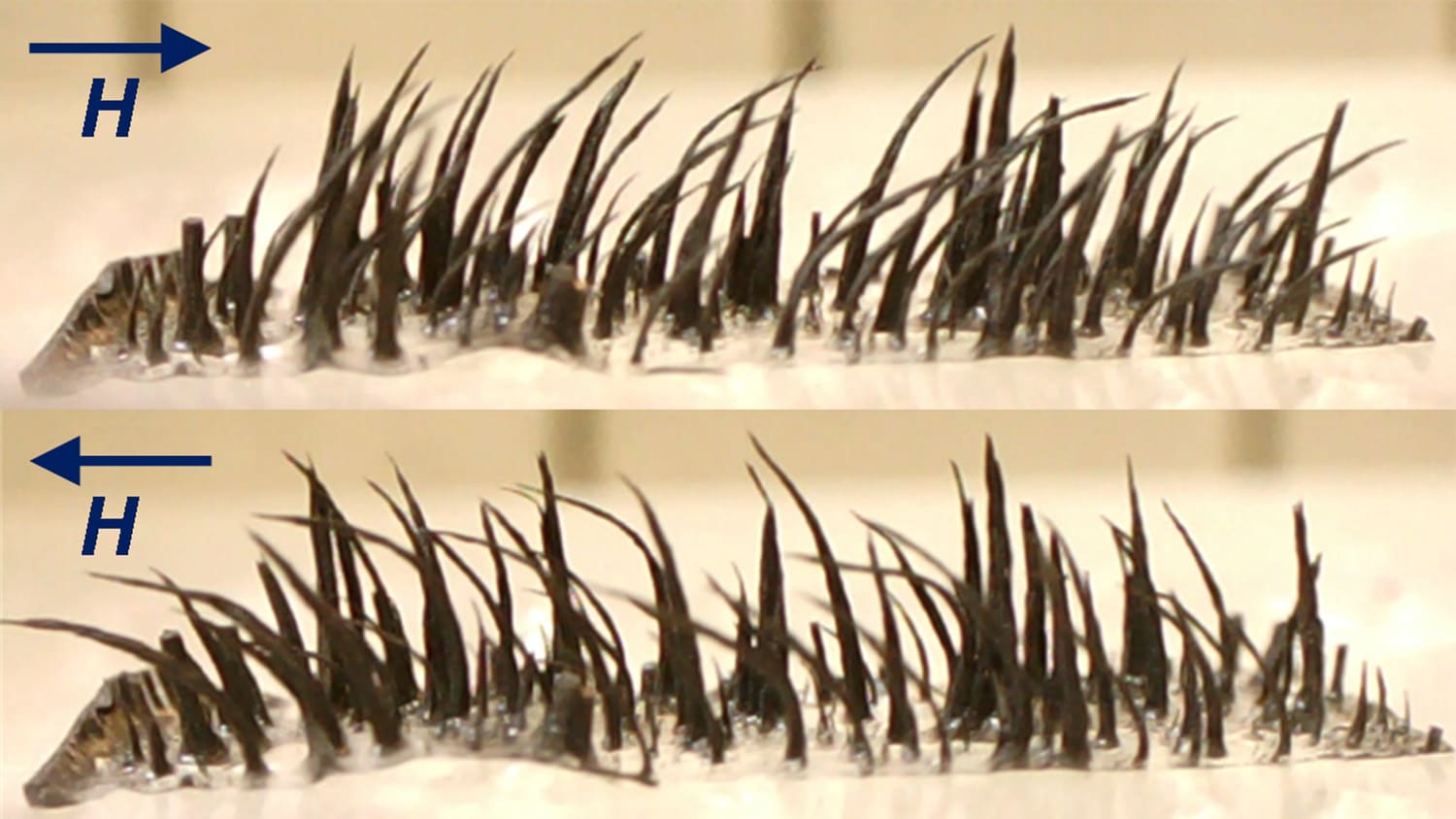Corn Gene Repels Diseases, or A Dating Game With No Winners
Remember “The Dating Game”?
The concept of the show – which first appeared on television in the 1960s – was simple. A woman was separated by partition from three eligible bachelors. She’d ask the men any number of mind-numbing/slightly racy questions and then, based on the quality of the answers, select one of the bachelors for a date that was paid for by the show. Or the situation was reversed, with a man asking three so-called bachelorettes the mind-numbing/slightly racy questions, and then choosing a “winner” based on the answers.
The game is a good way to describe research showing that one specific gene appears to help corn plants stave off three important diseases. After all, “The Dating Game” was corny, right?
Here’s what The Abstract thinks would happen if a corn plant interacted with the three diseases on “The Dating Game”:

Bachelorette (corn plant): Bachelor No. 1, I’m looking for someone who can protect me and help me grow. What will you do for me?
Bachelor No. 1 (Southern leaf blight disease): I love it when it’s hot, bachelorette. I’ll do anything to get under your skin. When I do, it’s likely you’ll see – er, get – spots. Lots of brown spots. And then those spots will get so big, you’ll look like a leopard. Roar for me, sweetie.
Bachelorette (growling): Sounds interesting. How about you, bachelor No. 2?
Bachelor No. 2 (Gray leaf spot disease): Well, if you think that first guy is hot, you’ll really “break out” with me. But brown is so retro. My gray spots will make you look just ravaged – er, ravishing.
Bachelorette: Ooh, I like how that sounds. What will you do for me, bachelor No. 3?
Bachelor No. 3 (Northern leaf blight disease): Don’t listen to these two guys, babe – spots are weak. After you get with me, I’ll give you some lesions – I mean tattoos – with my signature look, a cigar shape, all over your body.
Bachelorette (waving leaves from side to side): Whew. I’m feeling faint. I need some water. Did somebody turn out the lights?
Host: So, bachelorette, do you select bachelor No. 1, bachelor No. 2, or bachelor No. 3?
Bachelorette: Well, they’re all so sweet. Spots are nice, and I really like the idea of cigar-shaped tattoos. … But, wait, my glutathione S-transferase gene is kicking in, telling me to resist all of them. I say no to all three. Don’t call me, disease boys, I’ll call you … NEVER! (Runs screaming from studio.)
While that’s not exactly what happens in nature, plants are under constant attack from pathogens that bring disease. So researchers are interested in finding specific genes or gene regions that help plants stave off disease-causing intruders.
In a recent study published in Proceedings of the National Academy of Sciences, researchers at NC State and the U.S Department of Agriculture-Agricultural Research Service found a specific gene, the aforementioned glutathione S-transferase gene, that confers resistance to the three plant leaf diseases that played bachelors in our little game. These three diseases are destructive to corn grown in the United States and across the globe.
Peter Balint-Kurti, the USDA-ARS and NC State plant pathologist who co-authored the paper, says the study was one of the most comprehensive analyses of multiple disease resistance in plants, and holds the promise of helping plant breeders build the best disease-resistance traits into corn plants.
- Categories:


